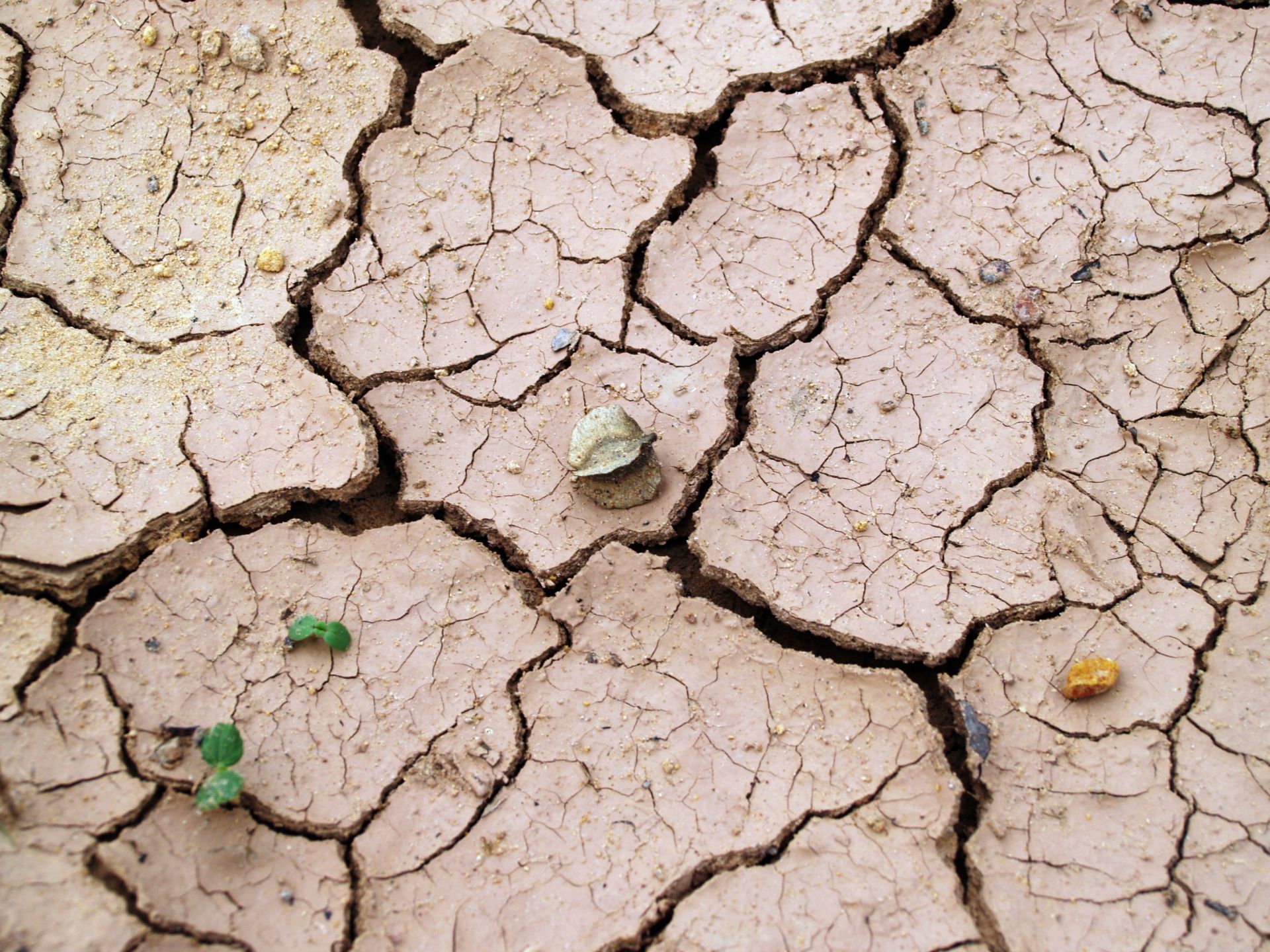Media Releases
Drought forecasting unlocked by AI

Ground-breaking research conducted by James Cook University will soon give farmers and water infrastructure managers the ability to better prepare for future droughts, thanks to artificial intelligence (AI).
A successful trial conducted by Civil Engineering Senior Lecturer Dr Bithin Datta and his team of Honours students used an AI-based tool known as the Artificial Neural Network (ANN) to analyse existing hydrological and meteorological data related to the Ross River basin area in Townsville.
The team were seeking to find patterns that may correspond to an impending drought scenario.
“One of the aims of the work we carried out was to forecast drought conditions with a lead time of three months to six months, as well as to predict future possible ranges of the Ross River Dam level, groundwater levels and groundwater salinity,” Dr Datta said.
“This new approach seems to perform very well especially in the urban water system setting.”
ANNs are known for their exceptional pattern recognition capabilities, with the research team using existing hydrological parameter values, such as reservoir capacity and streamflow, soil moisture, and climatic conditions such as sea surface temperature and atmospheric pressures, to predict dam storage levels, groundwater levels and salinity in groundwater several months in advance.
“The ANN mimics the intricate recognition and decision-making process in human brains,” Dr Datta said.
“Once trained and validated, it is capable of establishing the relationship between apparently related variables and identifies less relevant variables. These are then used to make a prediction.”
Dr Datta said while research was still ongoing, the potential applications of the technology could be a game-changer for both managing urban water supplies and agricultural production.
That meant coastal farming regions, such as the Burdekin in north Queensland, could stand to gain from data predicting key measurements such as soil moisture levels, groundwater table levels and water salinity.
“The potential economic benefits are enormous if these developments are incorporated into a proper decision support system for integrated management of hydrologic and agricultural droughts,” Dr Datta said.
“More efficient and region-specific prediction of drought scenarios can mitigate adverse drought consequences by planning ahead and can be even used for planning cropping patterns and agricultural land use for drought management.”
Dr Datta said his research team planned to continue further development of the technology with the intention of eventually rolling it out on a wider scale.
“Once such a prediction tool is developed and tested, the model can be incorporated into development of strategies to manage supply and demand for water,” he said.
“These outcomes can be very useful for the resilient operation of existing dams, taking into consideration impending extreme conditions like droughts.”
Media enquiries: michael.serenc@jcu.edu.au